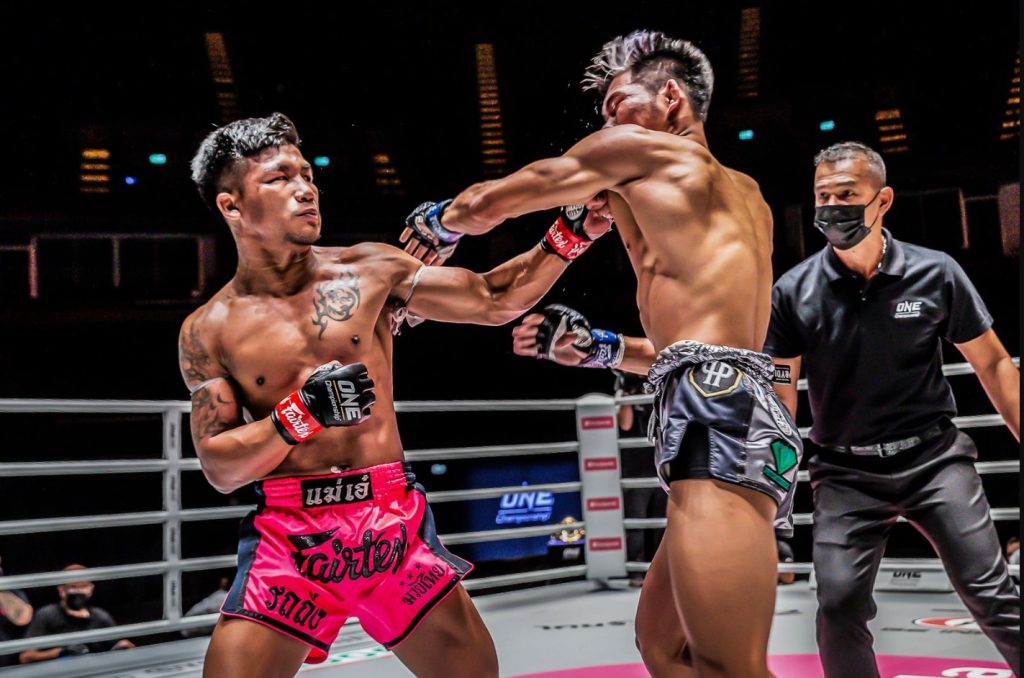When martial arts enthusiasts discuss the most effective fighting styles in the world, two ancient systems frequently rise to the top: Muay Thai and Kung Fu. Each originates from rich cultural traditions—Thailand and China, respectively—and has carved a place for itself in both historical battlefields and modern combat sports.
Table of Contents
While these martial arts differ in origin, techniques, and training philosophies, both are respected for their deadly efficiency and depth of tradition. This article dives into a comprehensive comparison of Muay Thai and Kung Fu, exploring their histories, core principles, techniques, training methods, and relevance in the modern world.
Origins and Philosophical Foundations
| Feature | Muay Thai | Kung Fu |
|---|---|---|
| Country of Origin | Thailand | China |
| History | Dates back to 13th century; battlefield-based | Over 4,000 years of philosophical development |
| Core Philosophy | Practicality, efficiency, and resilience | Balance of body and mind, often influenced by Taoism, Confucianism, and Buddhism |
| Cultural Role | National sport and military training | A pillar of Chinese cultural identity |
Muay Thai evolved from the ancient martial art Muay Boran, used by Thai warriors in hand-to-hand combat. It emphasizes toughness, aggression, and real-world effectiveness.
Combat Techniques and Style
| Technique Type | Muay Thai | Kung Fu |
|---|---|---|
| Primary Striking Tools | Fists, Elbows, Knees, Shins (8 limbs) | Depends on style—can include fists, palms, claws, legs, and weapons |
| Grappling/Clinching | Strong emphasis on clinch control | Limited in most forms; some include joint locks or throws |
| Footwork Style | Linear and powerful | Circular, evasive, and flowing |
| Defense | Guard blocks, shin checks, clinch | Evasion, deflections, trapping |
| Unique Features | Elbow/knee combinations, low kicks | Animal-inspired styles, acrobatics, traditional weapons |
Muay Thai is known as “The Art of Eight Limbs” for its use of multiple striking points. The style is brutal, effective, and built for real fighting scenarios. Fighters train for power, endurance, and resilience.
Kung Fu encompasses a wide variety of styles, such as:
- Shaolin Kung Fu – Fast, explosive movements
- Wing Chun – Close-range efficiency and trapping
- Tai Chi – Slow, internal energy flow and balance
- Northern Styles – High kicks and long-range attacks
- Southern Styles – Low stances and powerful hand strikes
Training Methods
| Training Focus | Muay Thai | Kung Fu |
|---|---|---|
| Conditioning | Heavy pad work, bag work, and sparring | Forms (kata), stance training, breathing control |
| Sparring | Regular, often full-contact | Less common in traditional schools |
| Weapon Training | Limited (primarily in Muay Boran) | Extensive (swords, spears, staffs, etc.) |
| Mental/Spiritual Focus | Warrior’s mindset, respect, and ritual | Discipline, self-mastery, meditation |
Kung Fu training varies depending on the style but typically includes forms (kata), stances, breathing exercises, and philosophical study. Some schools focus on performance and artistic expression, while others emphasize combat.
Effectiveness in Real Combat
| Aspect | Muay Thai | Kung Fu |
|---|---|---|
| Real-World Application | Proven in ring and MMA | Effectiveness depends on the style and teacher |
| Clinch Fighting | Highly effective (knees, sweeps, control) | Minimal in most forms |
| Striking Power | Exceptional due to conditioning and technique | Varies; some styles focus more on speed than power |
| Grappling Integration | Some takedowns/sweeps | Limited to specialized styles (e.g., Chin Na) |
| Sport Transition | Widely used in MMA | Rare in modern MMA (with few exceptions) |
Kung Fu’s effectiveness is more nuanced. While many traditional styles were originally designed for real combat, some have become more performance-based over time. Certain styles, like Wing Chun, have proven applicable in close combat, while others are more artistic.
Famous Practitioners
| Fighter/Artist | Discipline | Contribution |
|---|---|---|
| Buakaw Banchamek | Muay Thai | International Muay Thai icon and K-1 champion |
| Saenchai Sor Kingstar | Muay Thai | Known for technical brilliance and ring creativity |
| Bruce Lee | Wing Chun / Jeet Kune Do | Popularized Chinese martial arts in the West |
| Jet Li | Wushu / Performance Kung Fu | Helped showcase traditional Kung Fu in global cinema |
| Wong Fei Hung (historical) | Hung Gar Kung Fu | Legendary figure in Southern Chinese martial arts |
Cultural and Media Influence
Muay Thai and Kung Fu have both been immortalized in movies, but in different ways:
- Kung Fu: Widely represented in Hong Kong cinema (Bruce Lee, Jackie Chan, Jet Li), often with philosophical themes and elaborate choreography.
- Muay Thai: Gained global exposure through films like Ong-Bak and through MMA (e.g., UFC fighters incorporating Muay Thai techniques).
| Cultural Aspect | Muay Thai | Kung Fu |
|---|---|---|
| Rituals | Wai Kru, Mongkhon, music during fights | Meditation, bowing, symbolic animal forms |
| Influence on Film | Realistic fight scenes, raw power | Stylized fight scenes, gravity-defying movements |
| Global Recognition | Rapid rise due to MMA and fitness | Long-standing cultural footprint worldwide |
Modern Applications
| Usage Today | Muay Thai | Kung Fu |
|---|---|---|
| Sport & Competition | Olympic potential, MMA, pro kickboxing | Traditional tournaments, Wushu competitions |
| Self-Defense | Highly effective | Effective depending on training style |
| Health & Fitness | Cardiovascular and muscular endurance | Promotes flexibility, balance, internal strength |
| Cultural Practice | National sport of Thailand | Preserved in schools and temples across China |
Which Is Better?
The answer depends on what you’re looking for:
- Want real-world fighting ability? → Muay Thai is battle-tested, practical, and straightforward.
- Want a holistic art that incorporates philosophy, movement, and tradition? → Kung Fu is incredibly deep and culturally rich.
- Looking to compete in combat sports? → Muay Thai is more suited for professional fighting.
- Seeking personal growth or meditative discipline? → Kung Fu offers mental and spiritual depth.
Both arts deserve respect. Muay Thai offers proven effectiveness and physical toughness, while Kung Fu provides a broader, often more spiritual, approach to self-mastery.


